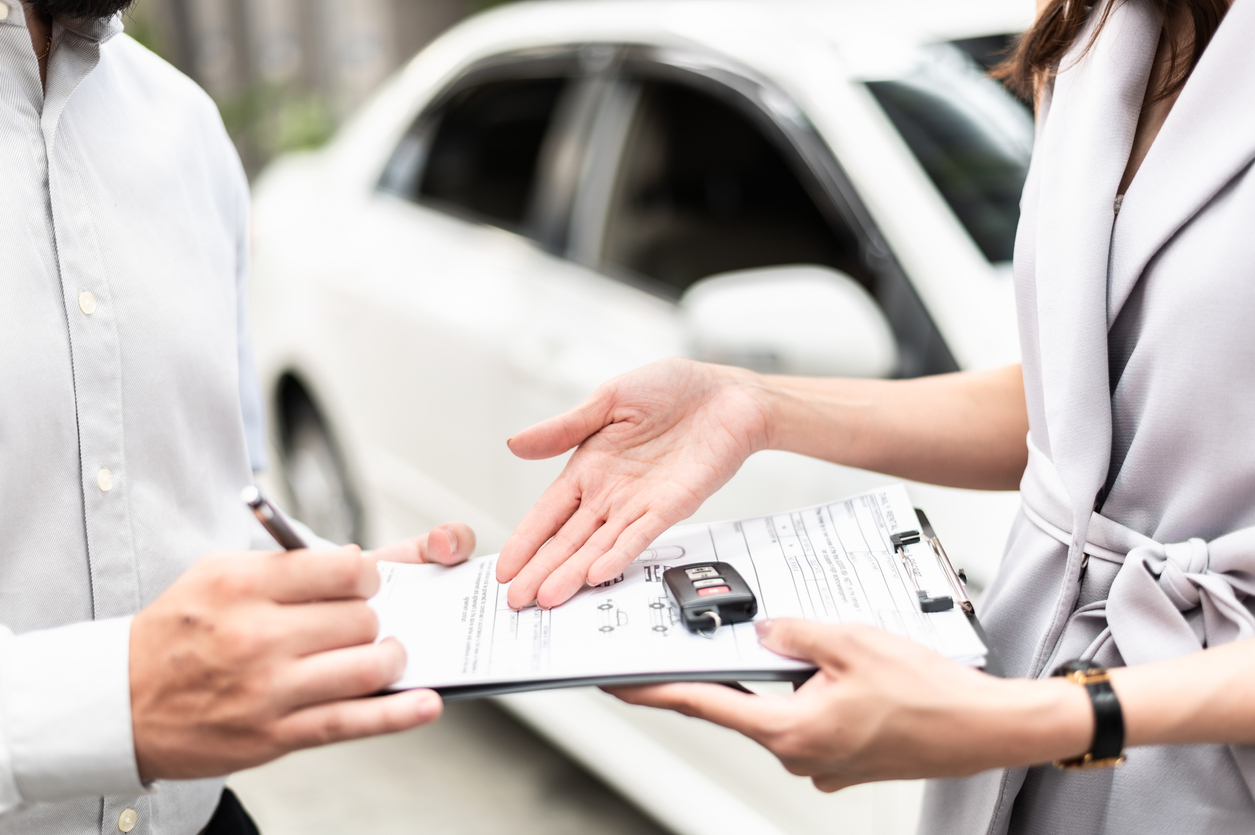Attorney Brian White Personal Injury Lawyers | April 3, 2025 | Car Accidents

Most of us are accustomed to hearing about black boxes in airplanes, but your car might have one as well. Many modern vehicles are equipped with these devices, which record and save key details about your driving behavior. The information they track can prove to be vital evidence in the aftermath of an accident.
How Car Black Boxes Work
First, it’s important to establish that your car’s black box is also known as an Event Data Recorder (EDR), and it is usually part of your vehicle’s airbag system.
Unlike airplane black boxes, which record entire flights, car EDRs only save information when something unusual happens, such as a crash or sudden braking event. When triggered, the EDR creates a record of what was happening in the seconds before and during the incident that can be downloaded later.
What Car Black Boxes Actually Record
Different cars’ black box models record different information, but most track the following:
- How fast you were driving
- Whether you were pressing the brake
- How far down you pushed the gas pedal
- Whether you were wearing your seat belt
- When your airbags deployed
- How hard the impact was
Newer cars with more advanced features might also record your location or even video. At the same time, however, it’s important to note that EDRs have limitations, namely:
- Their raw data needs to be analyzed by experts who understand both the technical details and other crash factors
- Some older systems may be less reliable or record less detailed information
Familiarizing yourself with these details is crucial in the event that you end up in an accident that requires black box data.
How Do You Know if Your Car Has a Black Box?
According to the National Highway Traffic Safety Administration (NHTSA), about 64% of 2005 model year vehicles already had EDR capabilities. In the same year, most car manufacturers began noting the presence of an EDR in the owner’s manual.
By September 2014, federal regulations required all new vehicles to include EDRs that meet standardized requirements. Nevertheless, to check if your specific car has one, try these steps:
- Look in your owner’s manual for terms like “Event Data Recorder”
- Call your car manufacturer with your vehicle identification number (VIN)
- Search your car model on the NHTSA website
Many drivers don’t know that such technology even exists until they’re involved in a truck accident or other serious crash that makes the data important evidence.
How Black Box Data Helps After Crashes
Today, investigators can download exact data about what happened before the impact from a car’s EDR. In turn, that information can show the following:
- Who might be at fault
- Whether the driver made a mistake or the car had a problem
- If safety systems like airbags worked correctly
- The severity of the crash
All of these details can be key evidence in personal injury cases, helping to prove what actually happened instead of relying on different stories from each driver.
Who Owns Your Car’s Black Box Data?
According to Texas Transportation Code § 547.615, EDR data belongs to the vehicle owner. That means no one can download the information without any of the following:
- Your permission
- A court order
- Pre-approved research purposes
Insurance policies often include terms requiring access to EDR data after an accident, and in lawsuits, attorneys can also request black box data through proper legal channels. However, the rules about EDR data continue to change as technology advances and privacy concerns grow.
Relying On Car Monitoring Systems
EDRs have become an important element of modern car designs, ensuring that drivers can demonstrate that they were being careful in the event of an accident. However, recognizing how they work, as well as their limitations, is important in knowing the extent to which they can be useful in a car accident case.
If you were involved in a collision, a car accident attorney can help you use this data to help prove your claim for compensation. Call a lawyer for a free consultation today to learn more.
Contact a Houston Personal Injury Lawyer to Help You With Your Claim
For more information, contact the Houston personal injury law firm of Attorney Brian White Personal Injury Lawyers by calling (713) 500-5000.
Attorney Brian White Personal Injury Lawyers – Houston
3120 Southwest Freeway, Suite 350
Houston, TX 77098
Attorney Brian White Personal Injury Lawyers – East Fwy
11811 East Fwy, Suite 630-06
Houston, TX 77029
Attorney Brian White Personal Injury Lawyers – South Loop
2600 S Loop W, Suite 293
Houston, TX 77054
Attorney Brian White Personal Injury Lawyers – Katy Freeway
11511 Katy Fwy Suite 515
Houston, TX 77079
Attorney Brian White Personal Injury Lawyers – Clear Lake
1300 Bay Area Blvd Suite B268
Houston, TX 77058
Attorney Brian White Personal Injury Lawyers – The Woodlands
1776 Woodstead Ct ste 203,
The Woodlands, TX 77380